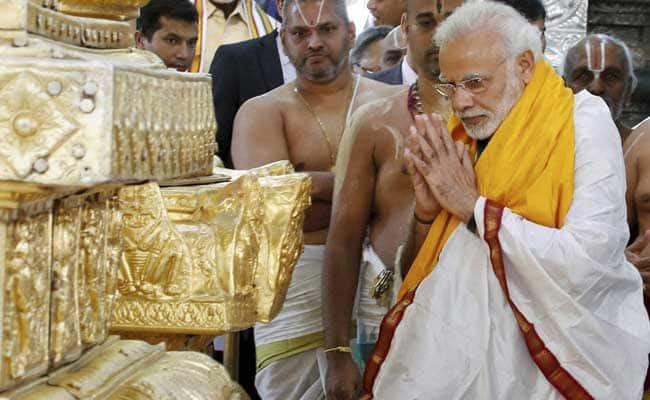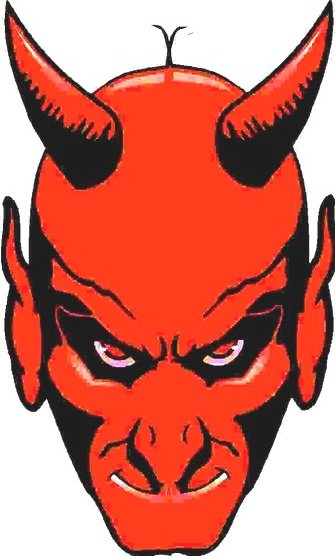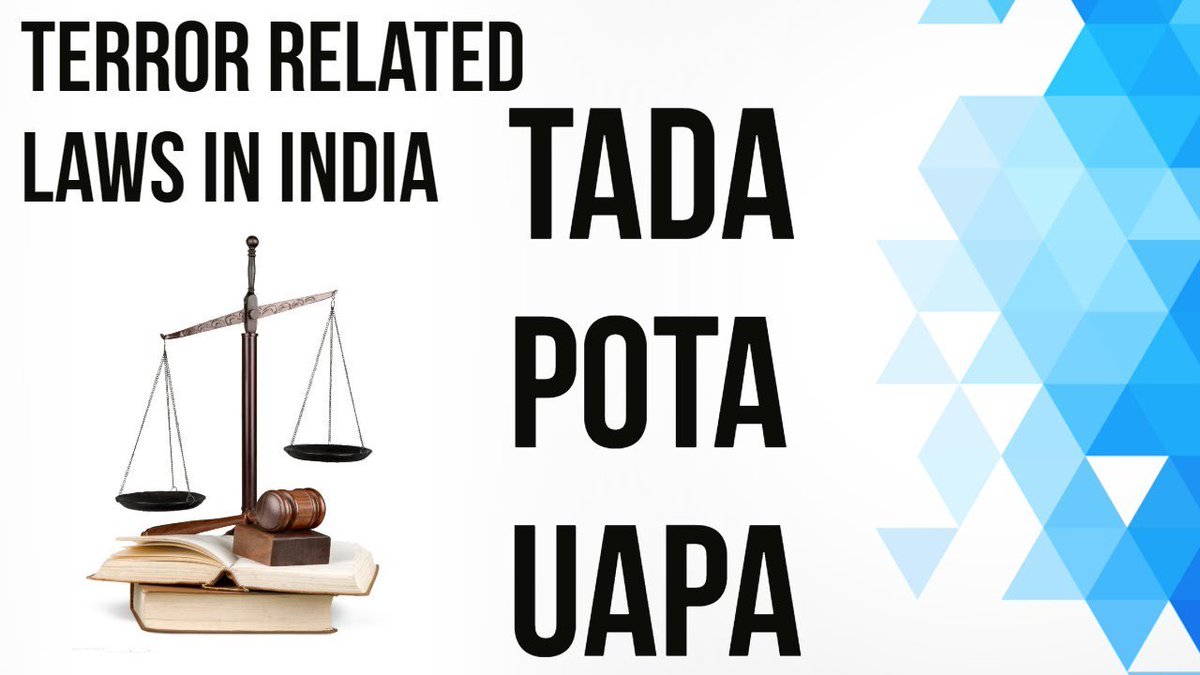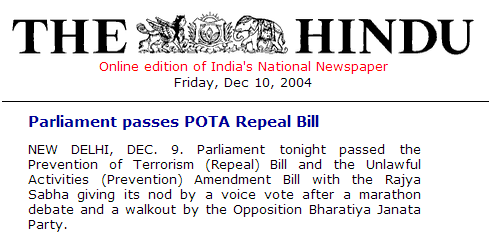If we look at electoral history of last 3 decades, BJP emerged as SLP in 1996, 1998, 1999 and won outright majority in 2014.
1996: 161 (20.3%)
1998: 182 (25.6%)
1999: 182 (23.8%)
2014: 282 (31.3%)
Because after a certain threshold, when one party emerges as single largest party, no. of seats increases with every incremental 1% vote.
Seats per 1% of votes for 4 elections with BJP as SLP:
1996: 7.9
1998: 7.1
1999: 7.6
2014: 9.0
If (a big if) we go by @5Forty3 poll, BJP is looking to gain a whopping 4.5% vote share (31.3% to ~36%).
For NDA, seat per 1% vote for 2014 stands at 8.7, slightly lower than 9.0 of standalone BJP.
There are 2 key variables, vote share and seats per 1% of votes.
Now from statistical point of view, with rising vote share, seats per 1% vote for BJP can go even higher than 9.0.
1. Relatively united opposition in UP and Karnataka.
2. New growth coming from erstwhile virgin states of West Bengal, Odhisa and Kerala.
So let's assume that even with higher vote share 9.0 of 2014 is the peak seats per 1% voteshare.
First figure is no. of seats with 7.5 and second is with 9.0, at different predicted voteshares. Third is average of higher and lower.
31%: 232, 282, 257
32%: 240, 288, 264
33%: 247, 297, 272
34%: 255, 306, 281
36%: 270, 324, 297
Similarly for NDA, assuming voteshare ranging from 38% to 45% and seats per 1% of votes of 7.5 and 8.5:
38%: 285, 323, 304
40%: 300, 340, 320
42%: 315, 357, 336
44%: 330, 374, 352
45%: 338, 382, 360
@Sootradhar @arvind_barmer @India_Policy @rishibagree @AbhishBanerj @coolfunnytshirt @5Forty3 @theskindoctor13 @snsachinnandu @thakkar_sameet









